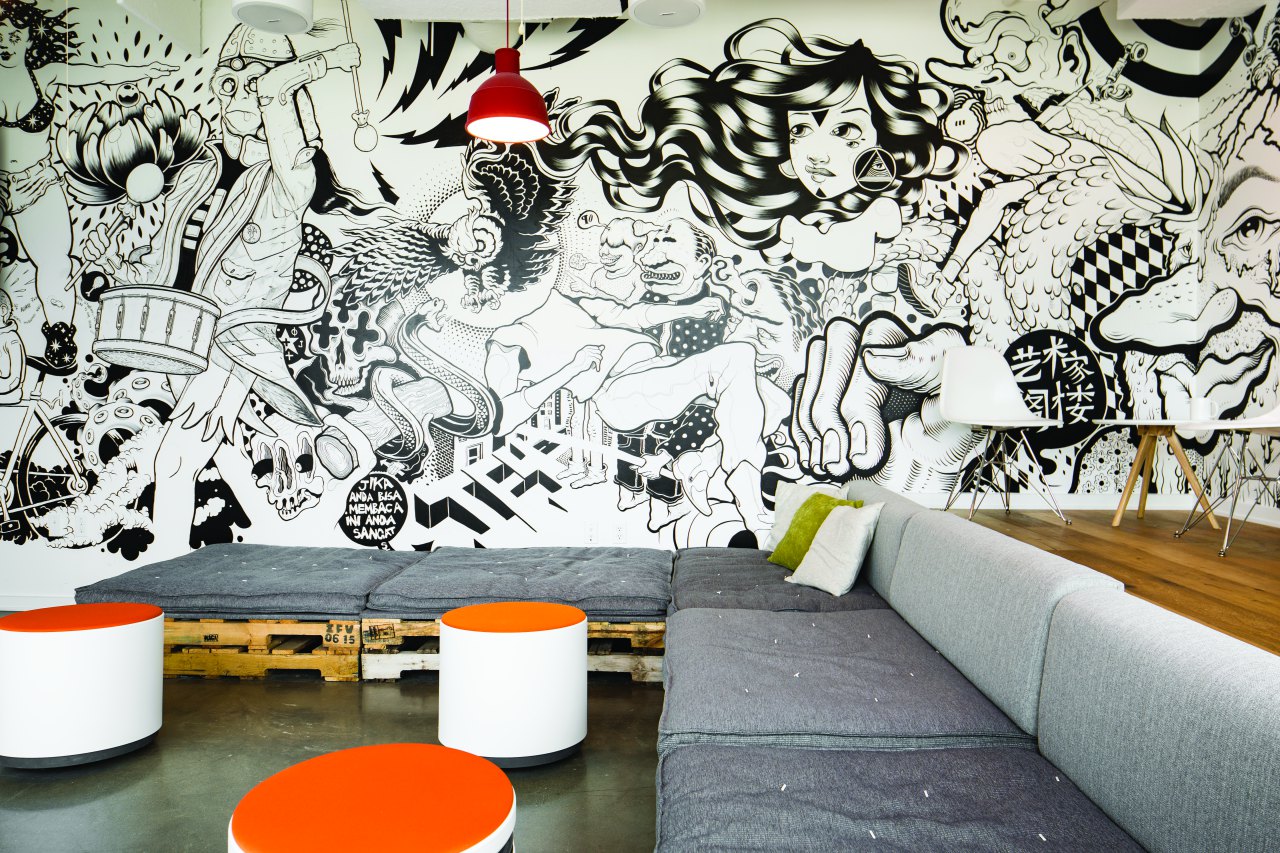The Way We Work: A Passion for Optimization
“Shopifolks” embrace volatility and celebrate successful failure
By Joseph Mathieu
Shopify has challenged the status quo from the very beginning. The Canadian high tech giant began its life as an innovative way to sell snowboards online—an experiment to fix something clunky, with an ambitious goal to redefine how commerce gets done. Now, the Shopify e-commerce platform is replete with apps, tools, and integrations that empower entrepreneurs to sell anything, anywhere. And it shows no signs of slowing down.
What CEO Tobias Lütke faced in 2004 was a frustrating lack of customizable software for selling online, so he built his own. He began selling software-as-a-service in 2006 with a developer’s passion for optimization. He and his co-founders vowed to help merchants around the world sell their wares in new ways.
Ten years later, Shopify continues to evolve. The company has made constant improvement part of its corporate culture. It has not been afraid to turn the microscope on itself, or change course in reaction to a mistake.
“Shopify thrives on experiments,” says Shopify’s Director of Culture, Konval Matin. “If it works, great! If it doesn’t, we’ve learned something. We call this successful failure, and we celebrate it.”
Matin joined Shopify in 2012 and helped cultivate a culture of experimentation and learning. She made sure that Shopify, which is very focused on upgrading and refining code, also embedded innovation into how its team works.
Matin stresses that every good idea—no matter how disruptive—is worth a 30-day trial in which the whole company participates. The Ottawa office was once closed for that long just to assess the best ways to communicate as a remote workforce.
“We encourage people to constantly challenge their habits and thinking,” says Matin. “This means questioning why we do the things we do, and how we can improve them.”
The tailor-made software company motivates developers and user experience researchers to outpace the rate of change in the often fickle world of high tech. Shopify merchants are top-of-mind in all new releases. Improvements aimed at making life better for users include added-value freebies like shipping strategies, crowdfunding tips, and a definitive legal guide to e-commerce in Canada.
The user experience department has developed partnerships with Pinterest, Twitter, and Facebook to reflect how Shopify aims to improve the buying experience and merchant success. Shopify has helped to sell $17 billion worth of products and services since its foundation, and now powers over 275,000 stores around the world.
When Shopify went public in May 2015, the tech company’s value was estimated at $1.9B. Shares peaked at $37.39 just a couple months after their IPO, and its revenue beat company and analyst expectations throughout its first year of trading.
Named CEO of the year in 2014 by both the Globe and Mail’s Report on Business and the Best Ottawa Business Awards, Lütke continues at the helm of the Canadian tech darling with a steely-eyed passion for hard work and risk-taking. The varied lot known as “Shopifolk” have to be genuine individuals who care about the company and can’t be afraid to fall flat on their hypotheses.
“We trust our employees and give them autonomy,” says Matin. “Part of experimenting means making decisions with as much context as possible. We share information across the board, top-down, bottom-up, and in all directions.”
Weekly town hall meetings exemplify how deep the employer-employee connection runs. Built on the ask-me-anything format of question and answer periods, directors, leads, and even Lütke himself offers up candid answers to any question, anonymous or otherwise.
The hierarchy of power is horizontal, as any employee can attest as they chat with their CEO at a lounge table or hallway workstation, and participate in regular “hack days” to generate new ideas.
“Every quarter we step away from our day-to-day work and solve a Shopify problem,” says Matin. “There’s only one rule to Hack Days: employees must ‘ship’ their projects no later than 3 p.m. at the end of the second day.”
The best ideas are then live-streamed across every staff lounge of its four Canadian offices and the whole company then votes where to throw their weight.
“We’ve had many Hack Day projects become part of our core product.”
Unpredictability is the tech sector’s bread and butter, but Shopify shows no sign of abandoning either its explosive growth or stubborn optimism for the future of e-commerce.
As Matin says, “We do the opposite of avoiding change.”
Embracing volatility has allowed Shopify to maintain the model of a start-up. Productivity is taken very seriously, dead ends are scrutinized but not dwelt upon, and lessons learned are shared across the team. Even if start-ups don’t usually boast a staff count just over 1,200, Shopifolk all seem to be on the same page.
It seems there’s an app for that. And, what’s more, there’s probably a better version of it already on the way.
Joseph Mathieu is a freelance writer who covers artistry, invention and entrepreneurial spirit as he explores customs and cultures across Canada.


































